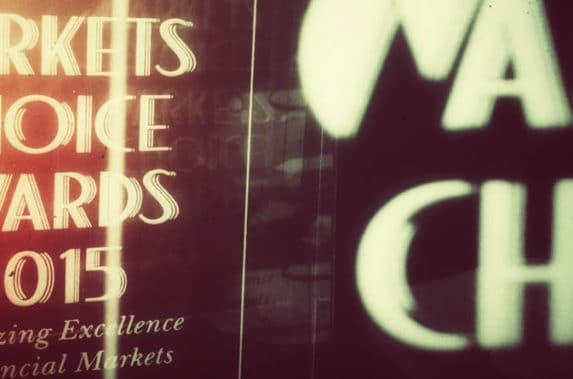The U.S. equity-exchange landscape has seen more than its share of change over the past couple years, as IntercontinentalExchange bought NYSE Euronext and Bats Global Markets merged with Direct Edge. While rivals retooled and the sector consolidated, Nasdaq tended to its knitting.
“The Nasdaq stock market has the largest amount of liquidity and it is one of the biggest sources of mid-point execution,” said Tom Wittman, head of global equities and executive vice president of global trading and market services at Nasdaq. “Although there’s a lot of competition, we believe that we’re in the forefront. We also have a very strong listings venue, and we continue to make improvements around our IPO process and support our listed companies.”
In 2014, Nasdaq combined the operations groups of its three equity exchanges and three options exchanges, and the help desk relocated right outside Wittman’s New York office. “A lot of times there are very similar points of connections with the banks, the market making firms, and the order flow providers,” Wittman explained. “So I think we do a lot better job with our customer service by having equity and options customer interface work together.”
Average daily volume on Nasdaq’s flagship Nasdaq Stock Market was 1.28 billion shares in January 2015, representing 17.5% of U.S. equity trading. The company’s BX and PSX exchanges had market shares of 1.92% and 0.96% respectively.
Wittman highlighted the PSX exchange, which more than doubled its market share from year-earlier levels. In August 2014, PSX changed to a Price Setter Pro Rata model, which provides an incentive for greater displayed size while also encouraging participants to aggressively compete on price.
“It’s a nice add to market structure, as it’s not the same old price-time trade allocation,” Wittman told Markets Media. “There’s a size-based component to benefit buy-side firms who are looking to move liquidity in larger chunks.”
In February 2015, Nasdaq said it would lower access fees for 14 stocks, to five cents per 100 shares from 30, while reducing the rebate for liquidity provision. The premise for the four-month pilot program is “based on feedback from buy-side customers to have a lower fee to access liquidity,” Wittman said. “The industry standard access fee is a big reason that ATSs and dark pools are being used.”
“We’ll be able to measure trade performance of the 14 symbols, looking at displayed liquidity, execution quality, spread, and which participants are adding liquidity,” he continued. “There has been a lot of talk about how market structure should evolve, including access fees and ‘trade-at’ — this is our way to take a more action-oriented approach.”
With regard to technology, it was a quiet year for Nasdaq, at least in the financial headlines. “For the most part, no news is good news,” Wittman said. “My background is technology, so I understand the importance of reliability, redundancy, speed, and flexibility. You have to have all that in place and be able to make changes for your customers at a rapid pace, in a stable and reliable environment. Nasdaq is a technology company in everything we do.”

